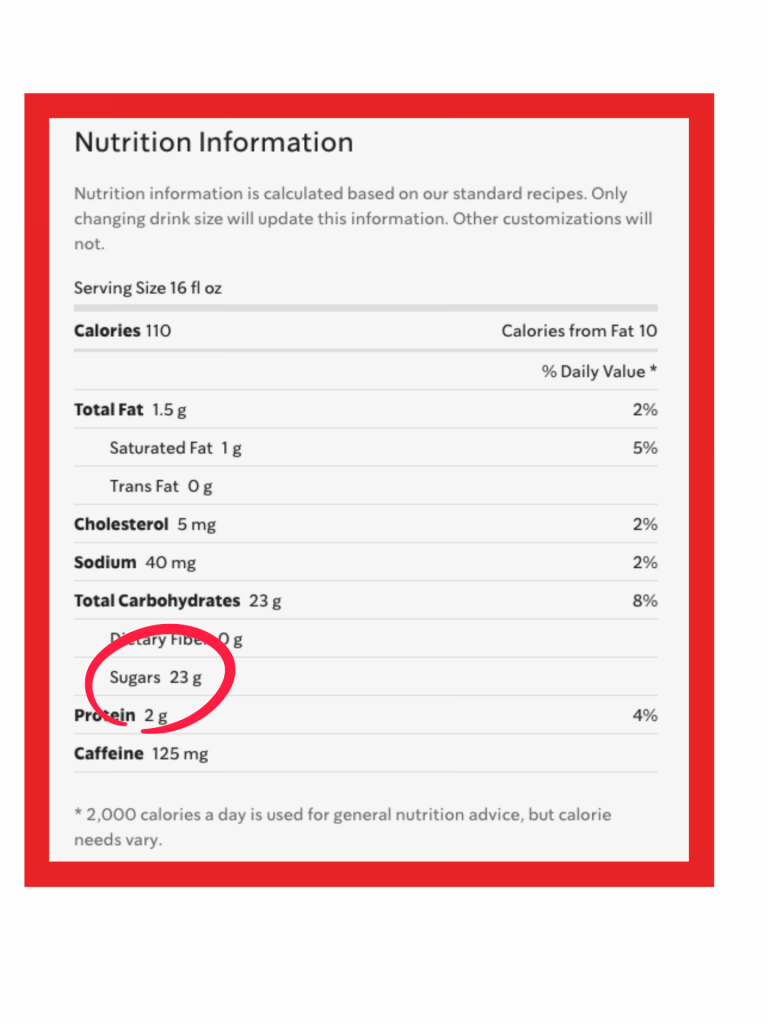Sugar Consumption Stirs Bitter Conflict
By Mary Hennigan
The Razorback Reporter
As Americans continue to over-consume daily sugar, a conflict has arose between the potential health risks and personal attacks on individuals.

On average, Americans consume 35% more added sugars daily than recommended by U.S. Department of Agriculture guidelines; beverages account for almost half of that.
Medical professionals and researchers view excess sugar as a leading factor to an increased risk of Type 2 diabetes, obesity and cardiovascular issues. Some UA students and dieticians, however, think there should be no moral values associated with food.
The sugary drinks debate has led to a conflict over what type of food people should focus on eating. One student, who was interviewed, felt “triggered” after a discussion about what researchers have deemed potential health risks.
Even the use of the word “diet” struck controversy. Researchers consider “diet” as food intake; dieticians and students view “diet” as the sheer act of limiting food.
“America has a calorie problem; we have an obesity problem,” said Aubree Hawley, a Ph.D. student in food science and human nutrition.
The USDA recommends free sugars should be less than 10% of individual daily caloric intake. Free sugar is added to food during production or by the consumer, according to the USDA. Recommendations are based on a 2,000 daily calorie diet. This allows for about 50 grams, or 200 calories, of free sugars.
Individuals consume calories quickly and without realizing it when drinking sugary coffee, Hawley said.
“With sugary drinks in general, the harm you’re causing is probably outweighing the good of the caffeine beverage,” she said.
Food considered “good” or “bad” can pressure individuals into a restrictive pattern of eating that can lead to overeating and cravings, said Catherine Wilmoth, a registered dietician at the Washington Regional Health Center.
“Normalized eating involves pleasure with food, variety, moderation with all foods,” she said. “But that also means inclusion of all foods.”
Wilmoth encourages individuals to focus on taking care of themselves instead of focusing on their pattern of eating. Nutrition is not “one size fits all,” she said.
The UofA has at least eight different locations that sell coffee and some students report getting a sugary coffee daily.

Freshman Kaylee Morgan buys a grande Starbucks vanilla iced coffee every morning on her way to class, she said. Her daily drink contains 23 grams of sugar, according to Starbucks nutrition information.
“My body thinks I need it,” Morgan said. “When I take a step back, I don’t really need it. I could just get up and wake up in the morning instead of putting something bad in my body.”
Morgan’s habits started her senior year of high school after her friends started regularly drinking Starbucks coffee, she said. Morgan reported drinking more coffee in college than she ever did in high school.
“When I’m tired and I need it, I don’t really think about the long-term effects of it,” Morgan said. “When you put it in perspective, it’s scary. I will definitely have to stop before it gets bad.”
It is common for young people to feel a sense of invincibility or feel less susceptible to negative things, said Sabrina Trudo, associate professor and researcher in nutritional science.
“One might think that based on their choices today they feel fine,” she said. “But if those choices are not the most supportive of health, the issue is that there is an accumulation of effects over time.”
Having something with added sugars every once in a while is OK; it becomes a problem when individuals choose sugar-filled food every day, Trudo said.
“When your coffee is already putting you at the limit, you would have to be aware of your choices for the rest of the day,” she said. “It makes it hard if it’s a daily choice when that daily choice is already putting you at the limit.”
Sarai Aguilar, UA junior, has made it a priority to get coffee as soon as she arrives on campus. She has consumed coffee since she was a toddler, but recently started to cut back on consumption.
“My parents have always had coffee around in the house; we always had decaf,” Aguilar said. “When I was 1 or 2, they would give me a little bit. It was normal for us.”
Aguilar started sugary coffee drinks daily during her freshman year of college, she said. Her college schedule proved to be more demanding than high school and Aguilar felt more exhausted.
“I’m here from 9:30 a.m. to almost 8 p.m. on Tuesdays,” she said. “My body kind of craves a coffee.”
Each drink costs her about $5.
“If I had $10 left in my bank account and I was here on a Tuesday, of course I would spend $6 just to get me through the day,” Aguilar said.
Aguilar has thought of the health consequences of having a lot of sugar and caffeine, but always pushed them to the side, she said.
“You might feel fine today,” Trudo said, “but 15 years from now there might be some significant problems. That’s a challenge with food, nutrition and health-related education, helping people think more about the future and not about today.”
An increasing conflict is brewing between those who perceive health risks from high sugar intake and those who see questions about their food and drink consumption as a personal attack.

“Our current diet culture teaches us that it’s not OK to seek pleasure from food,” Wilmoth said. “That’s what that clean eating pattern pushes, that food is solely for fuel. Food is not solely for fuel.”
Consuming highly processed food shouldn’t lead to shame, guilt or stress, Wilmoth said. Food does not determine your worth as a person.
For students who enjoy the taste of coffee, Hawley recommended cutting back on sugar and eventually switch to black coffee.
Regular black coffee is not a health risk, and 3-4 cups daily can be beneficial to cognitive performance, she said. Coffee causes a release of dopamine in the body that can be highly addictive for some people. It can also be used as an appetite suppressor and increase metabolic rate.
“You only get dopamine if something is better than you expect,” Hawley said. “So, if you’re used to all this sugar all the time, you’re needing more and more sugar to get that same dopamine response.”
The increase of sugar can be found in foods across America as industries continue to cater to the want of a higher level of sweetness, Hawley said.